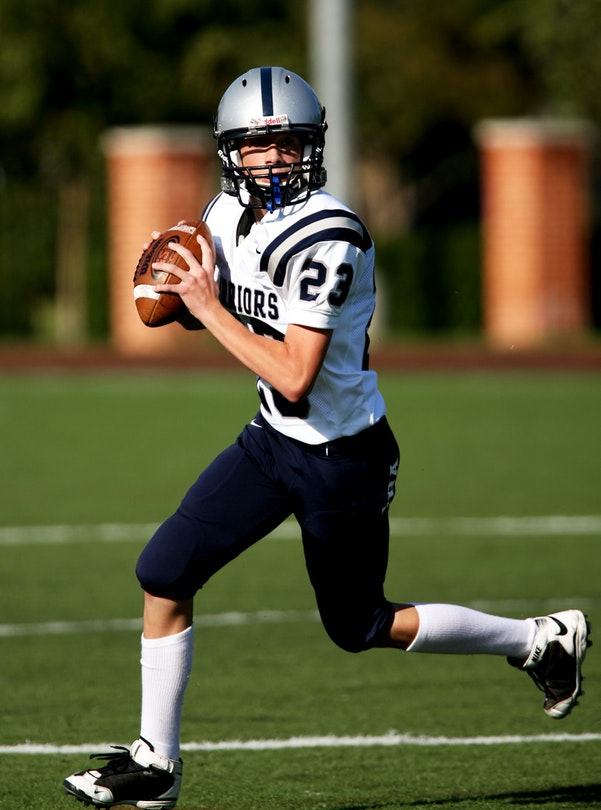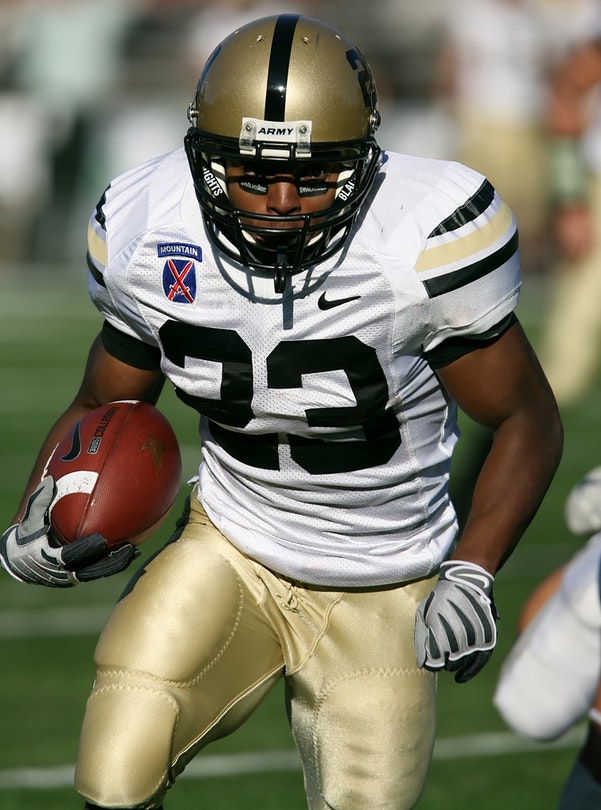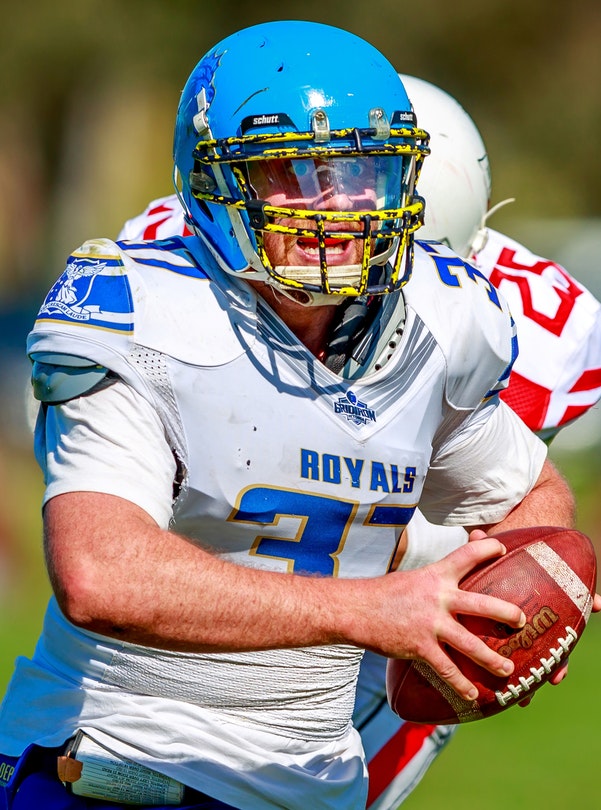
Speed, power, strength and agility are important factors in all football athletes and different positions require different levels of speed, strength, size, and agility. All players will receive a customized program that will work only for them.
While it may be easier to devise a plan with a chef and a team of nutritionists on hand, Barbara can customize an easy-to-follow program that works with your schedule and lifestyle and gets you to your goals.
Training is year-round and the right nutrition program is vital!
Tom Brady is a great example of the commitment it takes to be successful. He relies on his plant strong TB12 lifestyle. Many athletes are transitioning to a more plant-based diet and are seeing great results.
The question is whether a plant-based diet is for you (as it is not for everyone) and how to make it work to take your health and performance to the next level. Nutrition, hydration, supplementation, and recovery are all important factors related to optimizing health and performance.
It’s important to keep in mind that the right nutrition plan is the one that works best for you. Barbara will customize a program that provides all of the nutrients you need for optimal health and energy. With the right nutrition program, you can actually train your muscles to store more glycogen, burn more body fat and enhance lean body mass so that you have the energy you need to reach and exceed your personal best.
Nutrition is often the weak link. A good training diet will…
- Increase energy, reduce fatigue
- Reduce body fat
- Teach you to eat healthy on the run and when traveling
- Find specific supplements that really work for you
- Provide the right balance of protein and carbohydrates
- Reduce the risk of injury
- Improve endurance, health, and performance
Here are some key concerns:
Hydration
You should weigh before and after practice to determine how much fluid you’ve lost via sweat in each practice. Each pound of body weight lost in a practice requires 20 to 24 ounces of fluid along with electrolytes. Fluid and sodium (or salt) needs must be met in order to keep you on the field.
You can help meet these needs by consuming sports drinks along with high fluid foods such as fruits, vegetables and soups; and salty foods such as pretzels, crackers, salted nuts, marinara sauce, mustard and pickles. Salting your food can also help.
Losing more than 3% of your body weight during a game can affect both health and performance and can also lead to muscle cramping. I recommend that my athletes calculate their sweat rates in order to determine their fluid needs.


Measuring Your Sweat Rate
Measuring your sweat rate is one way to make sure you are properly hydrating during your runs. The formula below can help you find out what your sweat rate is and how much fluid you should be consuming.
- Weigh yourself before your workout or event
- Keep track of all fluids consumed
- Weigh yourself after your workout or event
Do this on several occasions and in different temperature settings to determine your sweat rate in different environments.
You can also use the color of your urine to assess your hydration status. If you are not urinating every 2-4 hours or your urine is very dark/concentrated, you are most likely dehydrated. Your urine color should be a pale-yellow color, like lemonade. The only exception to this is if you are taking a multivitamin within the past couple of hours.
Dehydration occurs when fluid losses (including sweat, urine and respiration) are greater than fluid intake (fluids and food).
Maintain lean mass
Targeting your energy, protein, and nutrient needs is key to maintaining lean. Use the structure of your schedule to your advantage; whatever your weight or performance goals are, be sure to eat something at every meal that is provided.
Meal Timing
Studies show that the timing of meals relative to training can have a great impact on the adaptations made by the body. Taking in adequate carbohydrates and protein prior to training may help reduce muscle breakdown.
Recovery nutrition
What you consume after practice and conditioning is a key factor in your game performance and in stimulating immune function. While team meals are more prevalent, optimizing recovery means continuing to prioritize consuming recovery foods — such as fruit, recovery shakes, energy bars, and sports drinks — within 30 to 60 minutes of practice. Remember: Consistent recovery yields better performance late in the season, keeping you on the field, helping you bounce back from injury, and maintaining your body weight and composition.
A post-exercise combination of carbs and protein (in a 4:1 up to a 5:1 ratio) will replace glycogen stores and increase protein synthesis which will promote muscle growth
Stick with your Schedule
As much as possible, stick to your typical eating and recovery pattern because these have become part of your performance. Recovery at the practice site or quickly thereafter back at the hotel is key. Keep your recovery nutrition as a permanent fixture in keeping you in top shape.
Catch up on the rest
Keep your recovery nutrition strategy in place as a permanent element of your preparation. • Once you’re at the championship site, meals may be offered, but they may not be designed with performance in mind.
Food Choices on the Road
Make the best choices you can — focus on proteins and include salads, vegetables and fresh fruits on your plate when available. Any cheat meals should be well after the game.
Make This Your Best Season Yet!

